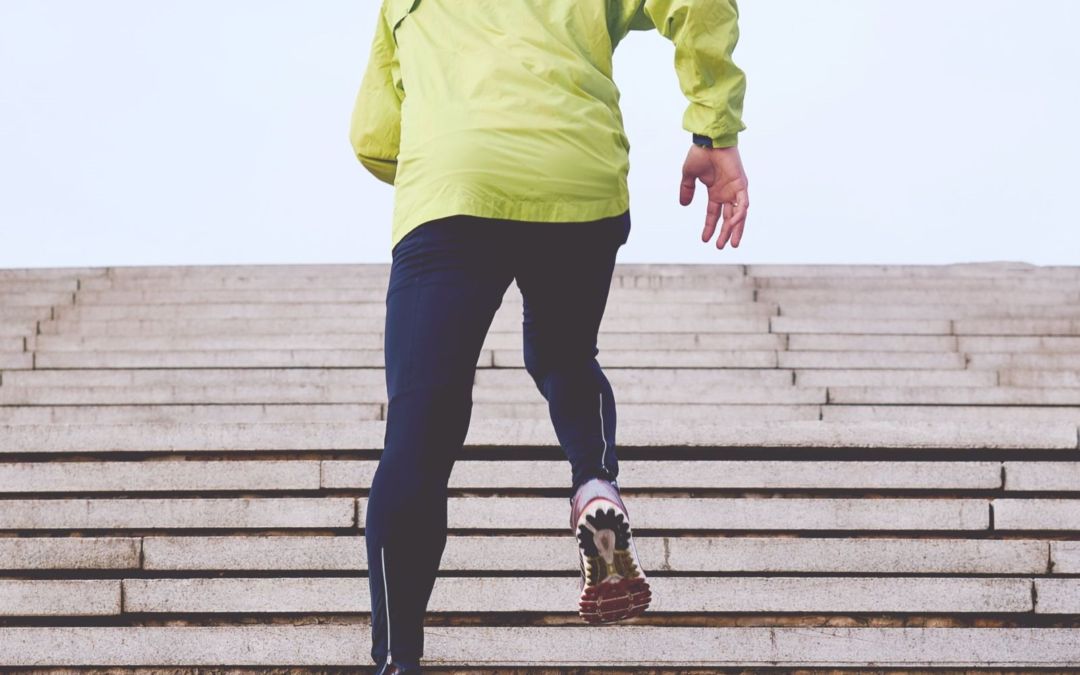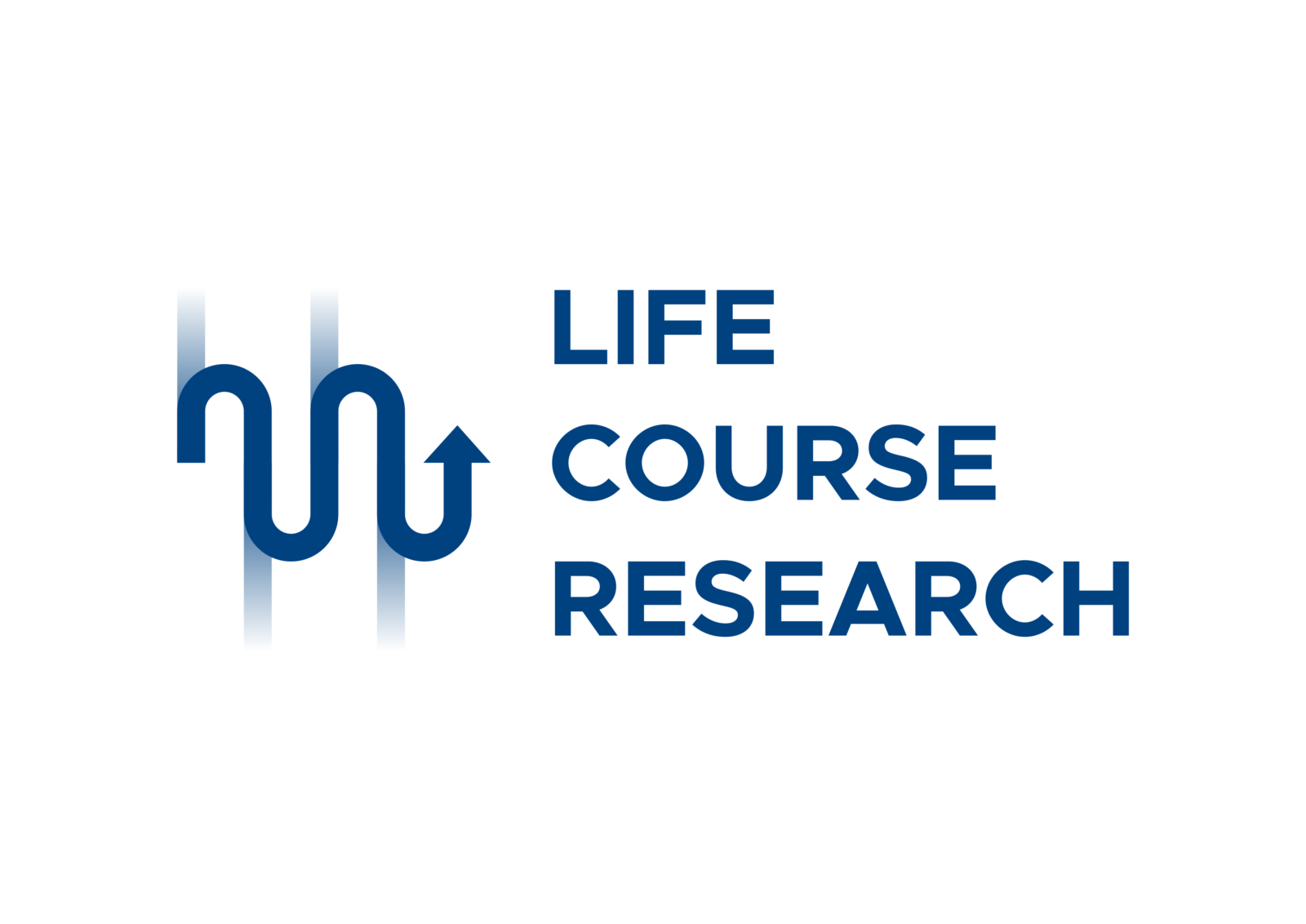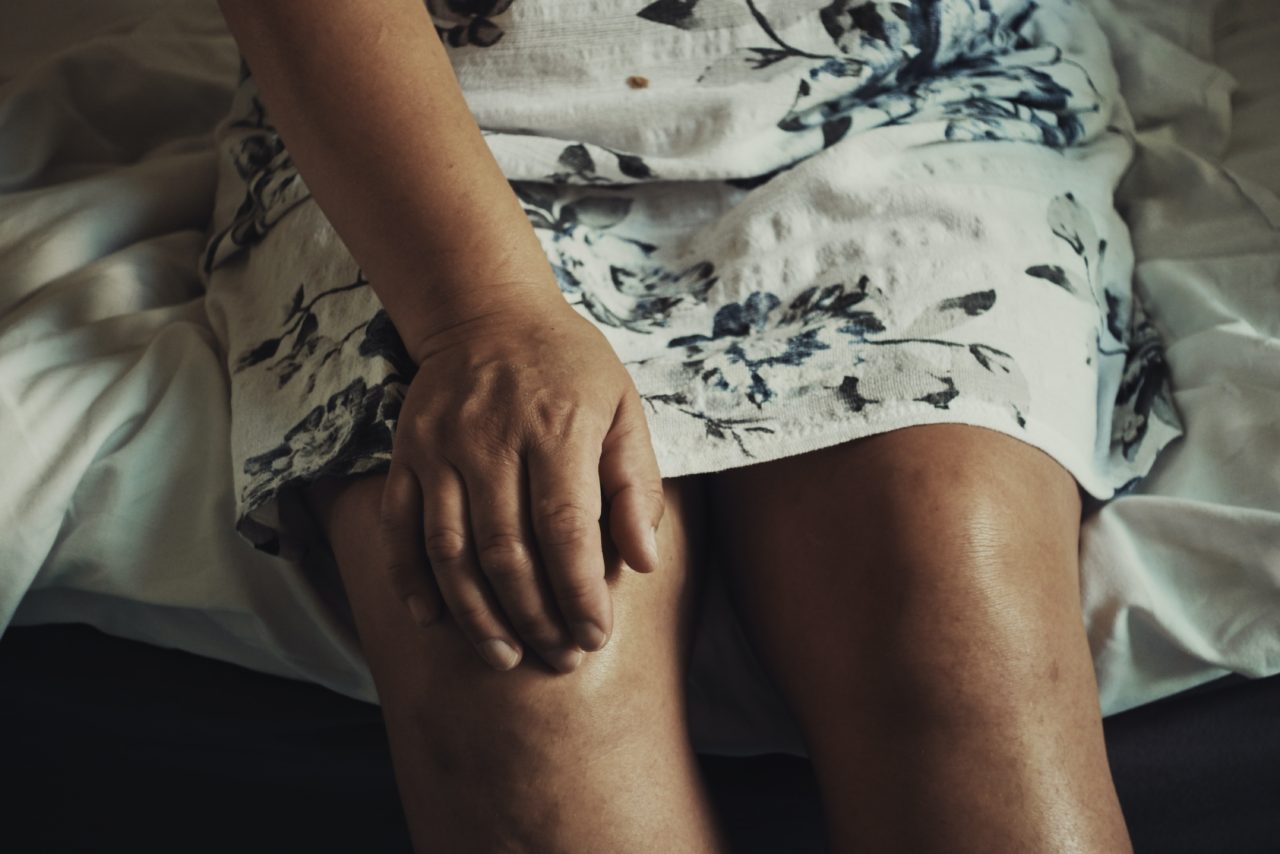Bibliographic reference
Feter N, Caputo EL, Smith EC, Doring IR, Cassuriaga J, Leite JS et al.. Association between physical activity and subjective memory decline triggered by the COVID-19 pandemic: Findings from the PAMPA cohort. Prev Med. 2021 Apr;145:106415. doi: 10.1016/j.ypmed.2020.106415. Epub 2021 Jan 2.
Summary
The practice of rigorous social distancing has proved to be important in the fight against the COVID-19 pandemic. That said, such action has led to an exponential decline in physical activity and an increase in psychological distress. This study aims to examine how regular physical activity, performed during a period subject to social distancing rules, can reduce the risk of adult memory loss. A survey was administered to all study participants, with questions relating to both physical activity and self-assessed memory. The survey was divided into two parts: the first related to the period before social distancing and the second related to the period afterwards. Thirty percent of the subjects reported a memory decline during this period. People who started exercising or who continued to exercise had a lower risk than the inactive (respectively, Prevalence Ratio of 0.56 and 0.68).
The context and the starting point
The rapid spread of SarsCov2 has led the governments of many nations to establish various restrictive social distancing measures. Though these measures have led to a decreased incidence of COVID-19 in the population, they have also caused an increase in the prevalence of anxiety, depression, sleep disorders, and self-harm. This high impact on mental health has given rise to an increase in memory-related problems in the population. Although the relationship between memory loss and depression is not yet fully understood, it seems that each may cause and result from the other. Furthermore, literature provides a variety of evidence that physical activity can generate some neuroprotective mechanisms. It is clear that preventing people from leaving their homes during the pandemic led to a decrease in opportunities to be physically active, with all the aforementioned consequences.
The features of the study
This is a cohort study in which the relevant population is the so-called PAMPA cohort (Prospective Study about Mental and Physical health). The PAMPA cohort involved a group of volunteers between 18 and 64 years old, recruited through local media and social media between June and July 2020. From the total of 2,314 participants, 75% were women, the average age was 38.2 years, and 90% were white. The education level was high as 67% held a university degree. This population was given online questionnaires (Google Sheets) before and after social distancing in order to assess the impact of the pandemic on memory and physical activity. The first part of the questionnaire collected information on age, sex, ethnicity, marital status, education level, impact of the distancing on income, and body mass index. Questions regarding subjective memory and physical activity followed. Responses relating to the latter topic were classified according to WHO guidelines. Finally, the Hospital Anxiety and Depression Scale (HADS) was administered. HADS is a questionnaire that helps determine whether a person is at risk for anxiety or depressive disorders.
Results
Of all the people interviewed, 35% showed symptoms of depression, 51.3% presented anxiety, and 30% showed a decline in subjective memory. The majority of people who fell into these categories were young women who lived alone without a partner. Other factors that put people more at risk for cognitive impairment included being affected by a chronic disease, having an already fragile mental state, having economic difficulties, and not engaging in physical activity. People who developed cognitive decline during the distancing period had a higher percentage of anxious-depressive symptoms than those who were not affected. One in four participants became physically inactive during the lockdown. These persons were as likely to have a decline in cognitive abilities as those who were already inactive prior to the distancing. Conversely, those who maintained an adequate level of physical activity reduced the likelihood of suffering from cognitive impairment.
Limits of the study
A limitation of this study has to do with the cohort being analyzed in June and July of 2020, a few months after the start of the pandemic, and therefore reflecting only initial effects. Another limitation relates to the lack of knowledge of personal situations. In fact, we cannot know whether other factors in participants’ lives may have caused their anxiety or depression. Finally, cognitive decline was only assessed on the basis of subjective questions and not through an objective clinical approach involving medical checks.
Innovation
The study highlights how social distancing is a possible cause of cognitive decline and depressive or anxious states. Physical activity is recommended as a fundamental tool to prevent these conditions, whether it is initiated in this delicate period or has been started previously.
Prospects
As gyms, swimming pools, and sports centers are currently closed due to the pandemic, opportunities lie in implementing initiatives that ensure people keep, or start, exercising at home. This could be done through online platforms that provide examples of exercises that can be performed at home. Exercises should be demonstrated by a person who is competent in the field and able to periodically guide the user by providing appropriate information.




